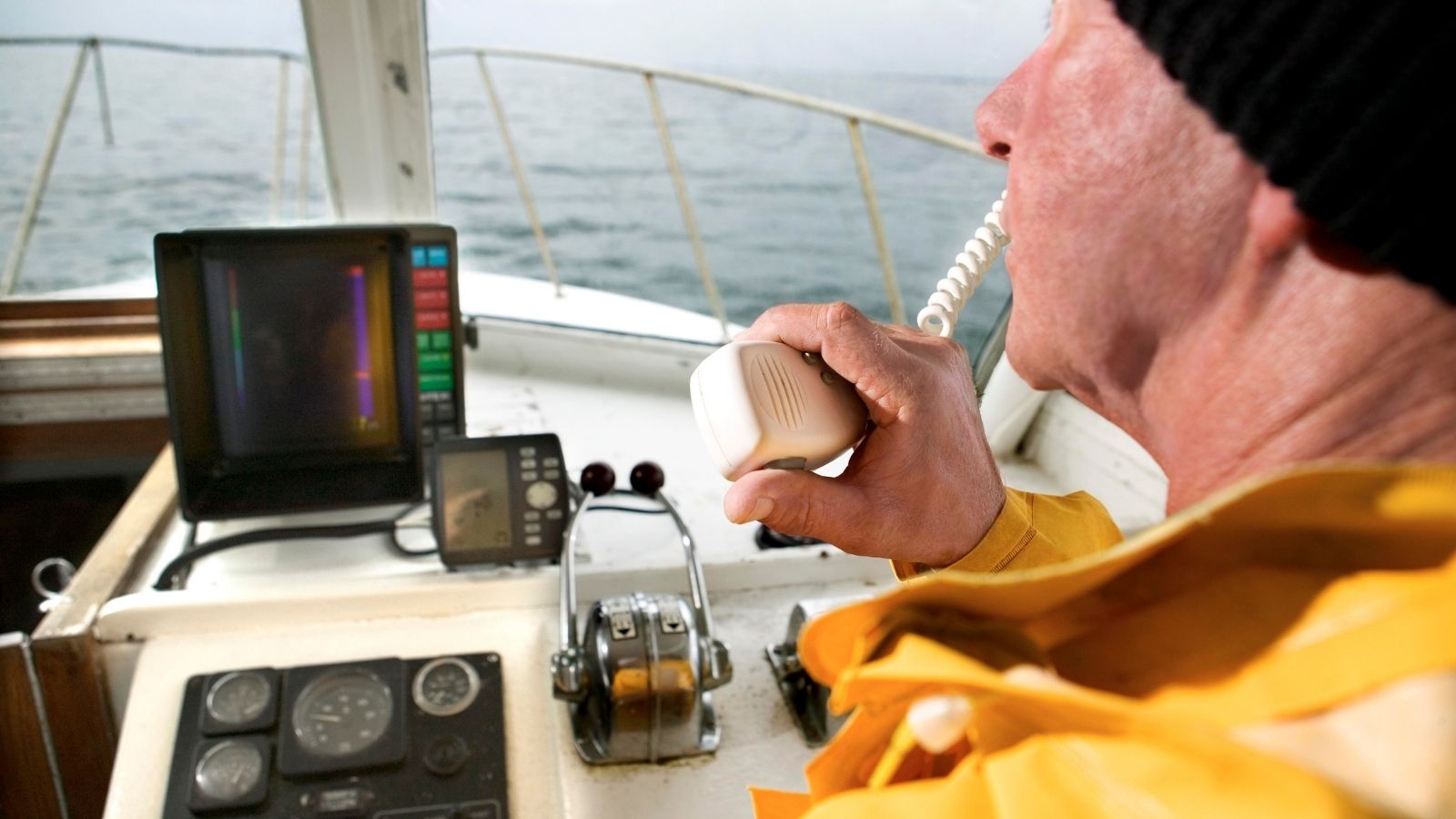VHF (Very High Frequency) equipment is a radio communication system used on ships to maintain contact with other ships, maritime traffic control stations, rescue services and other emergency services. This equipment operates in a frequency range between 156 and 174 MHz, and is essential for safety at sea.
VHF equipment consists of a transmitter and a receiver, and may include a speaker and microphone system to facilitate communications. The transmitter converts the audio signals to radio signals, while the receiver converts them back to audio signals to be heard. VHF equipment also often includes an encryption system to protect the privacy of communications.
Ships must be equipped with a working VHF system and the personnel on board must have the necessary training to use it correctly. The VHF system is used to report the position, course, speed, and other important details about the ship, as well as to call for help in an emergency. The ships also use the VHF system to communicate with other ships in the same area, to coordinate their position and avoid collisions.
In addition, VHF equipment makes it possible to communicate with maritime traffic control stations, which establish safe routes for ships and coordinate maritime traffic in a certain area. They are also used to communicate with life-saving services and other emergency services in case of need.
In summary, VHF equipment is essential for safety at sea, as it allows ships to communicate with each other and with emergency services, and coordinate their position to avoid collisions and ensure safe navigation.

